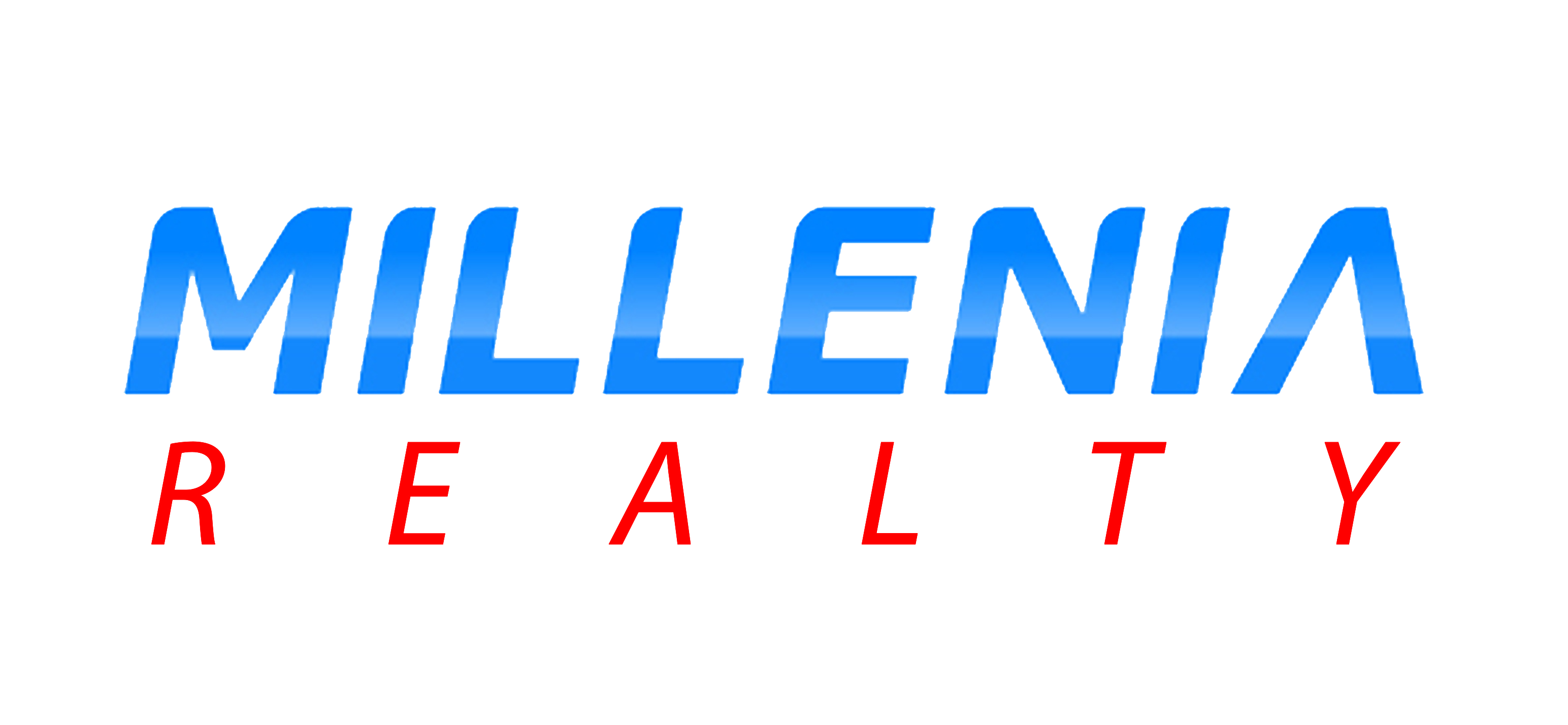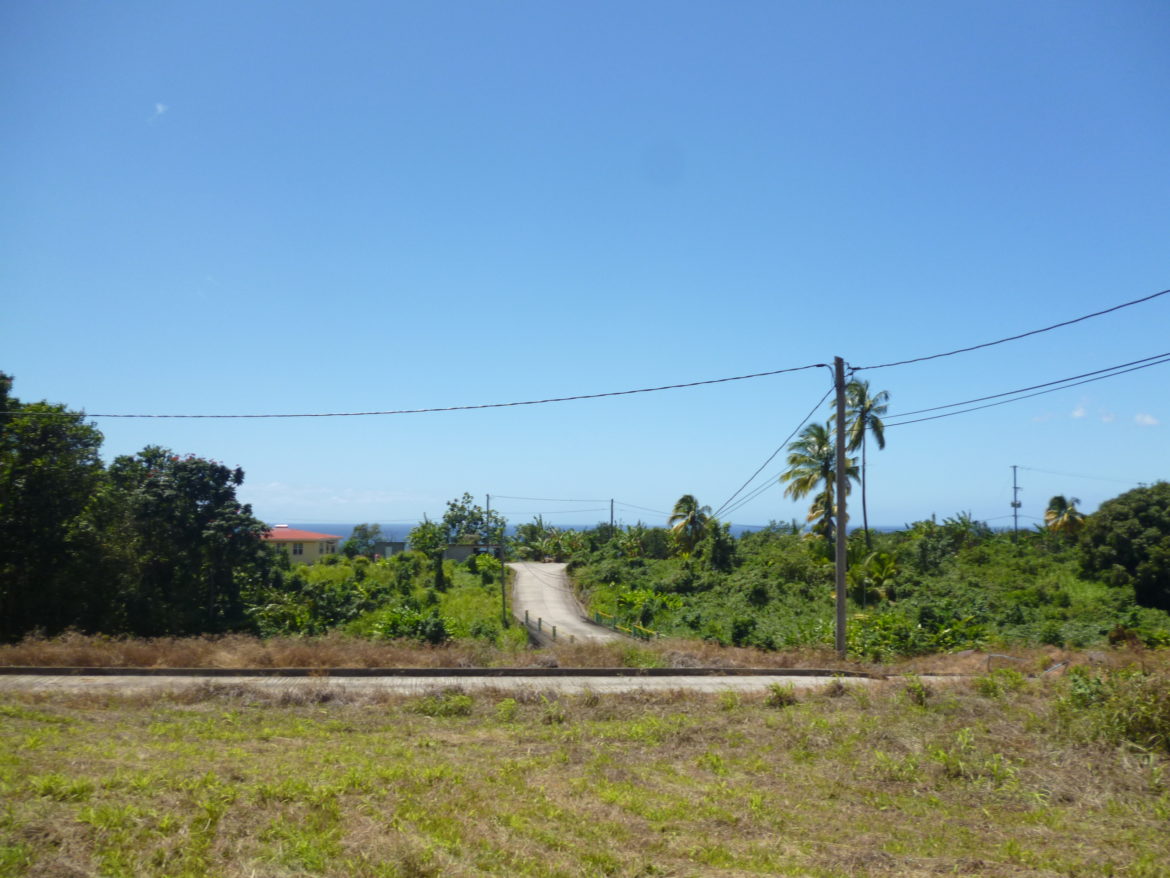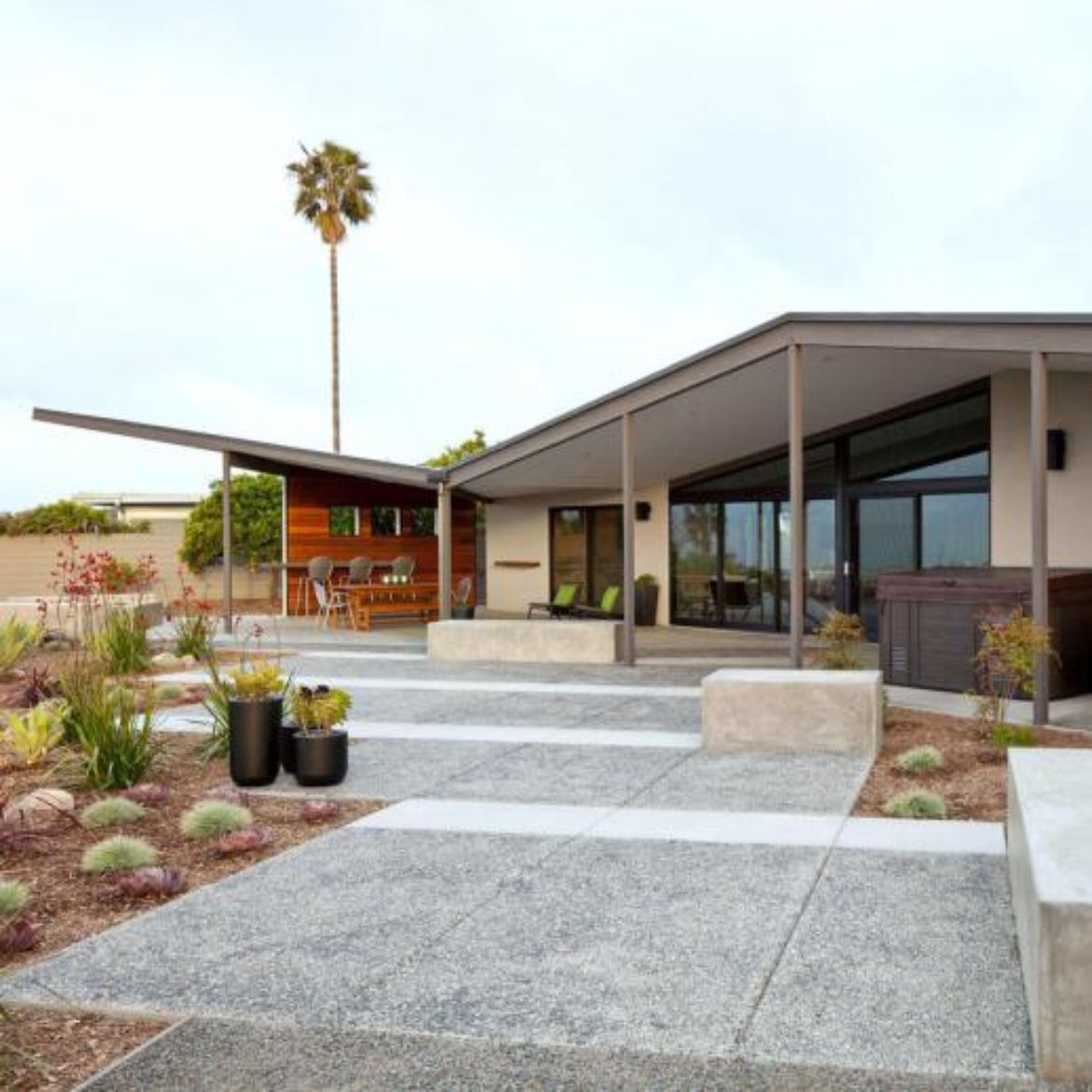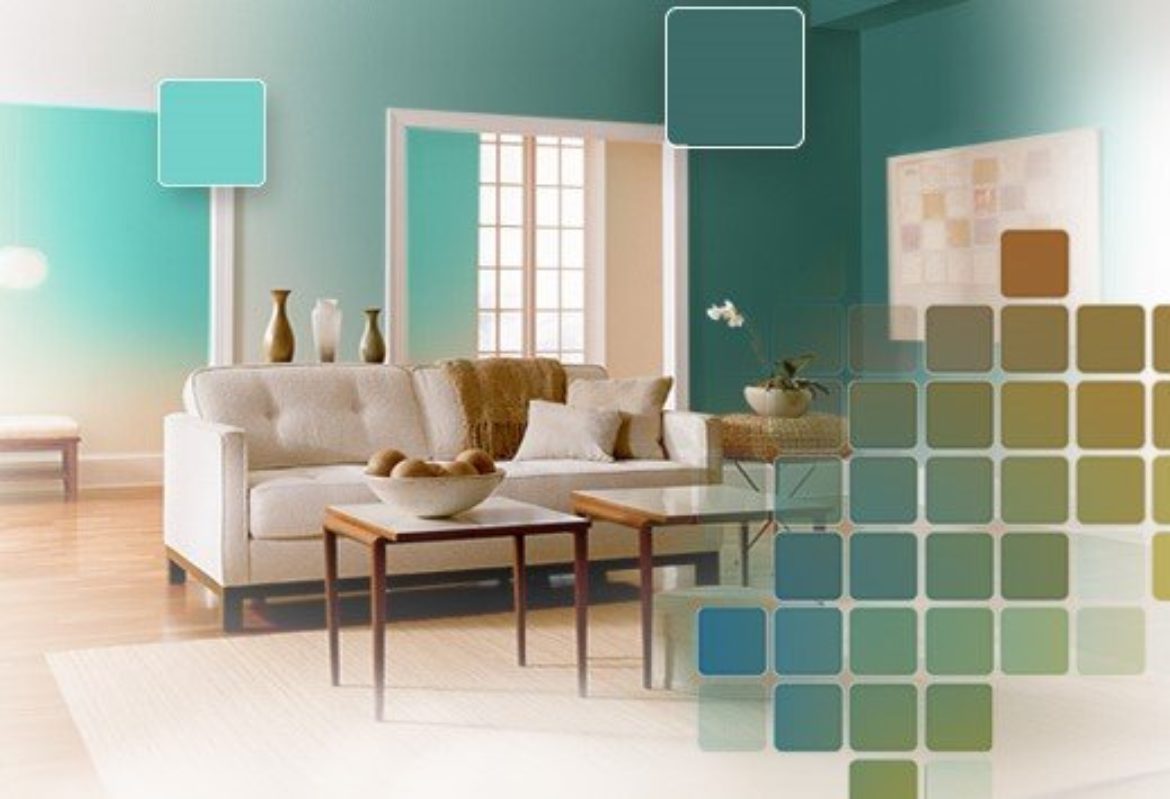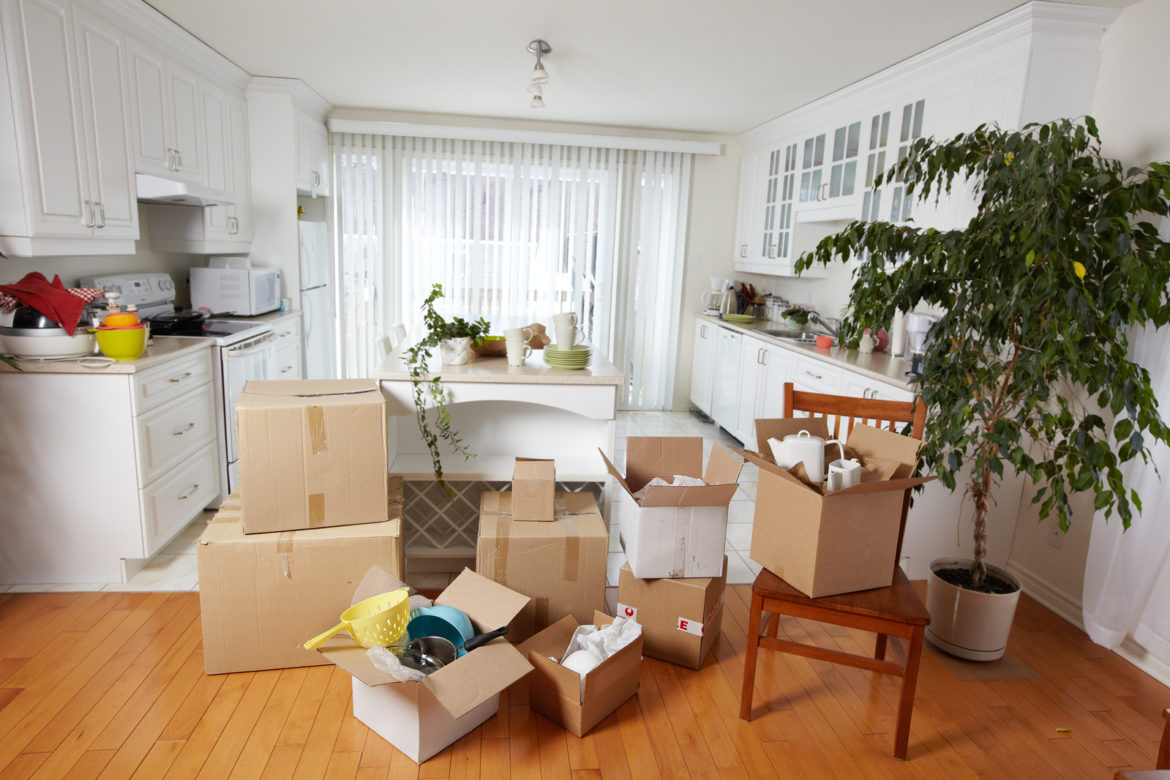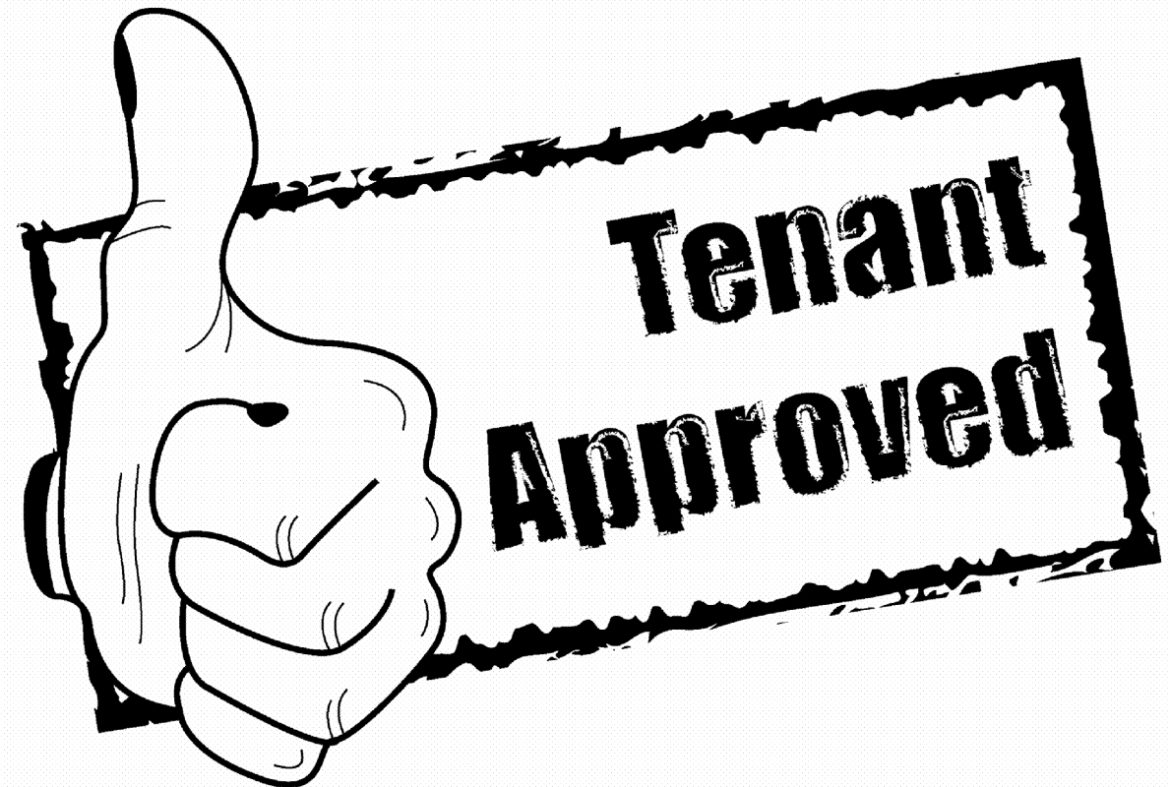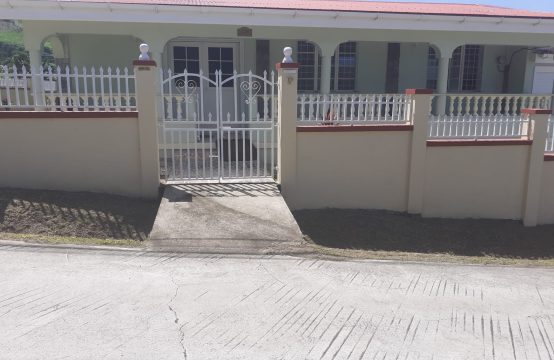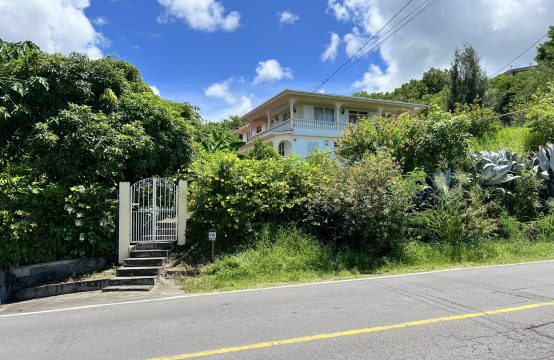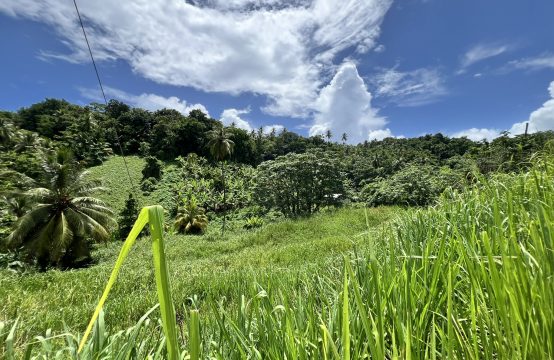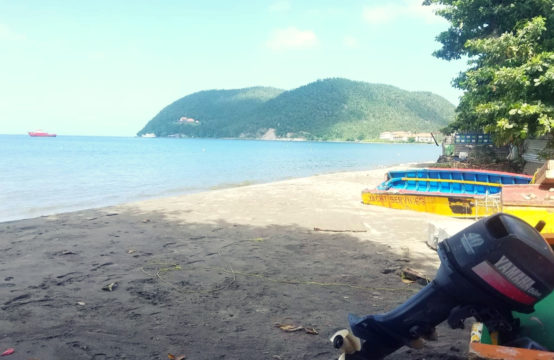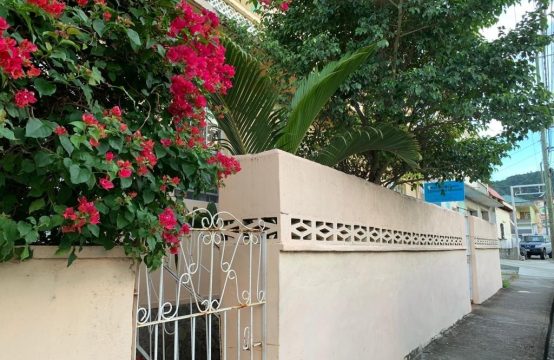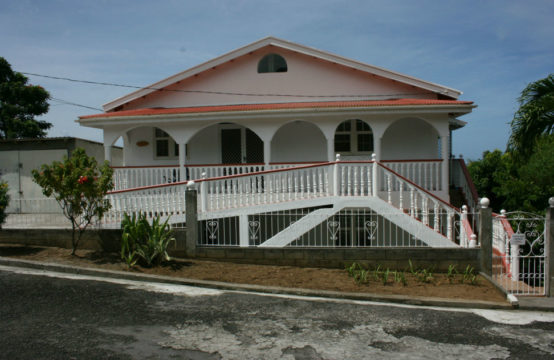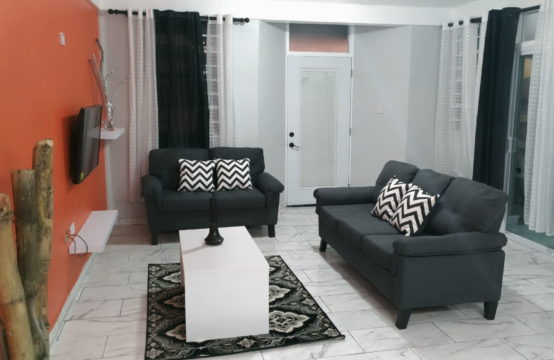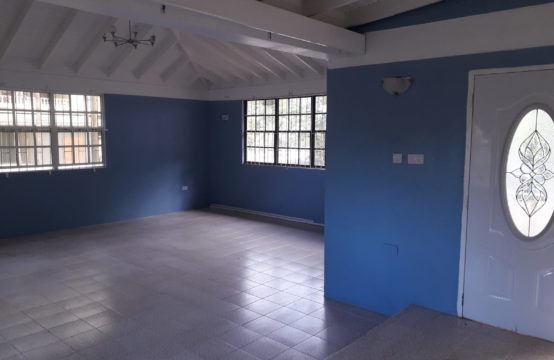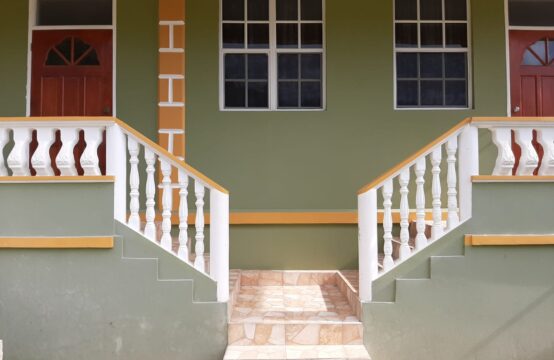The Gable Roof – is triangular in shape; also known as pitched or peaked roof and are very popular.
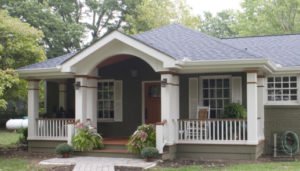
Pros: Gable roofs will easily shed water and snow, provide more space for an attic or vaulted ceilings and allow more ventilation. Their simple design make it easy to build them and cheaper than more complex designs.
Cons: Gable roofs can be problematic in high wind and hurricane areas. If the frames are not properly constructed with adequate supports, the roof can collapse. High winds can also cause materials to peel away from gable roofs. If there is too much of an overhang, winds can create an uplift underneath and cause the roof to detach from the walls.
If a gable roof is used in high wind areas, be sure proper braces are used and have the roof inspected after a large storm to ensure no damage occurred.
The Hip Roof – Slopes on all four sides which are all of equal length and come together at the top to form a ridge.
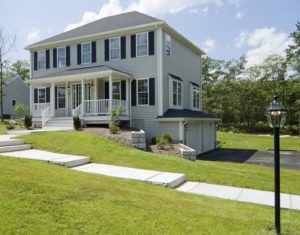
Pros: Hip roofs are more stable than gable roofs. The inward slope of all four sides is what makes it more sturdy and durable. They are excellent for both high wind and snowy areas. The slant of the roof allows snow to easily slide off with no standing water. Hip roofs offer extra living space for vaulted ceilings or an attic. They also provide more ventilation and are able to make additions, such as dormers or a crow’s nest.
Cons: Hip roofs are more expensive to build than a gable roof. It’s a more complex design that requires more building materials. Also, additional seams can make it easier for water leaks to form if a roofing system is not properly installed.
The Saltbox Roof – is one with two stories in front and one in the back, having a pitched roof with unequal sides, being short and high in front and long and low in the back. The front of the house is flat and the rear roof line is steeply sloped.
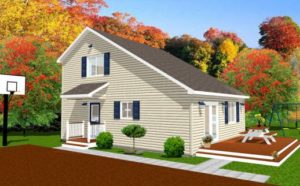
Pros: The slope makes it easy for water to run off, making the saltbox roof good for areas that receive heavy rain. The asymmetrical design makes it more durable than a simple gable roof. It adds more living space by making a home one and a half to two stories.
Cons: The design can be tricky, which makes the building costs higher. Although more living space is provided, it isn’t as much as a regular pitched roof. Also, some of the rooms may have slanted ceilings.
The Flat Roof – It appears to be completely flat but has a slight pitch to allow for water run-off and drainage. Though generally used in industrial or commercial buildings, this style roof can be found on houses.
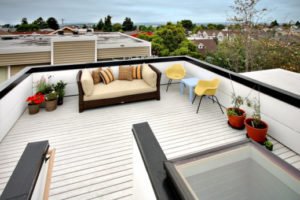
Pros: Easy to construct and requires fewer building materials, keeping costs down. It allows for more living space on the roof for a patio, garden. Heating and cooling units can also be placed on flat roofs, keeping them out of sight. The design is also conducive for installing PV solar panels for a more energy efficient and energy independent home.
Cons: The low pitch makes flat roofs more susceptible to water leakage. They are not advised for high rainfall or high snowfall areas. Although the upfront cost of building a flat roof is less expensive than a pitched roof, they can be more expensive in the long run due to maintenance and ongoing roof repair and replacement costs.
Ensuring a flat roof is waterproof is imperative. Using material that is continuous with no seams is the best. The most common materials used are tar and gravel, roll roofing, metal sheets, PVC, TPO, and rubber membrane.
The Butterfly Roof – It is a V-shaped roof constructed of two tandem pieces which are angled up on the outside. The midsection is angled downward where the two pieces meet into a valley. The overall effect is of a butterfly’s wings in flight.
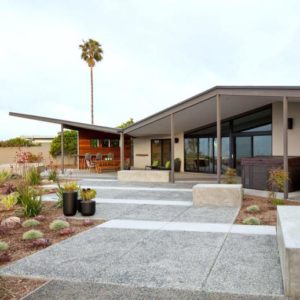
Pros: The upper angle of the outer edges allows larger windows to be used. This gives the home more natural light, lower heating bills in the winter and brings an open feel to the design. The valley in the midsection of the butterfly roof allows rainwater to be collected, making it beneficial for high drought areas. The butterfly roof lends itself to an environmentally friendly home design, as PV solar panels, water collection systems and natural light can all be easily incorporated.
Cons: The complexity of the design makes the butterfly roof more expensive. Not only are the upfront costs higher than conventional roofs, but the maintenance will also be more expensive.
Using a solid, continuous membrane with no seams is the key to keeping a butterfly roof watertight. Other options are to use metal, organic materials or solar panels.

